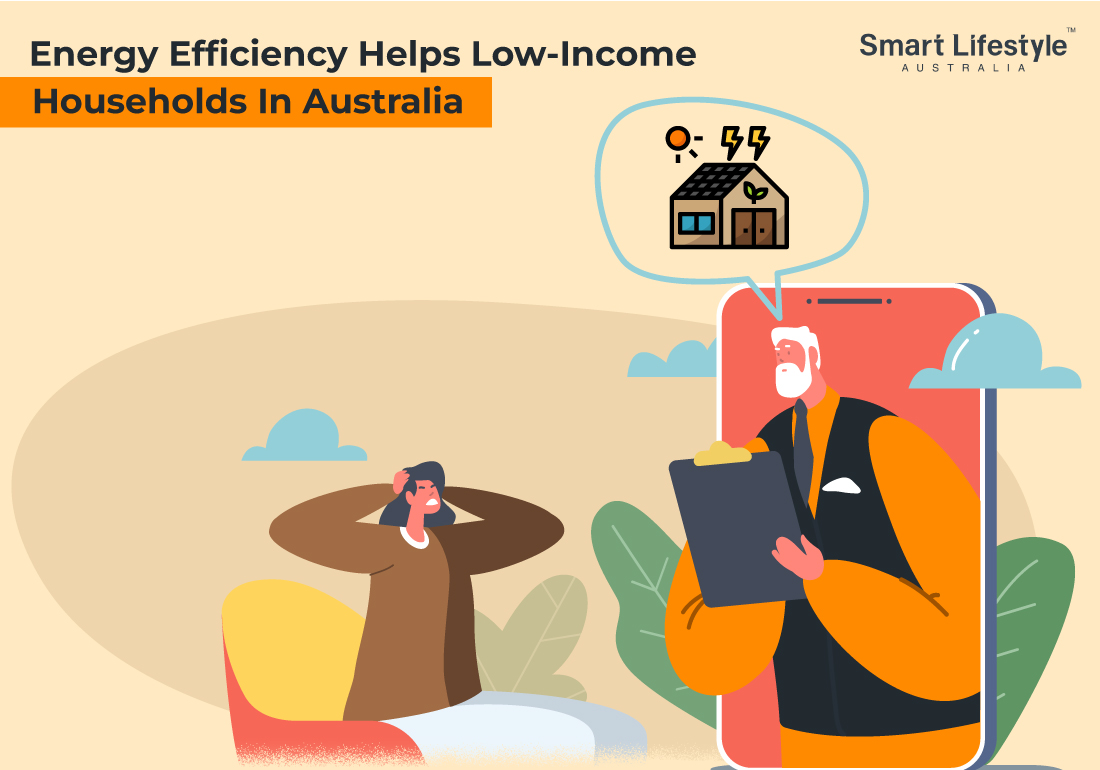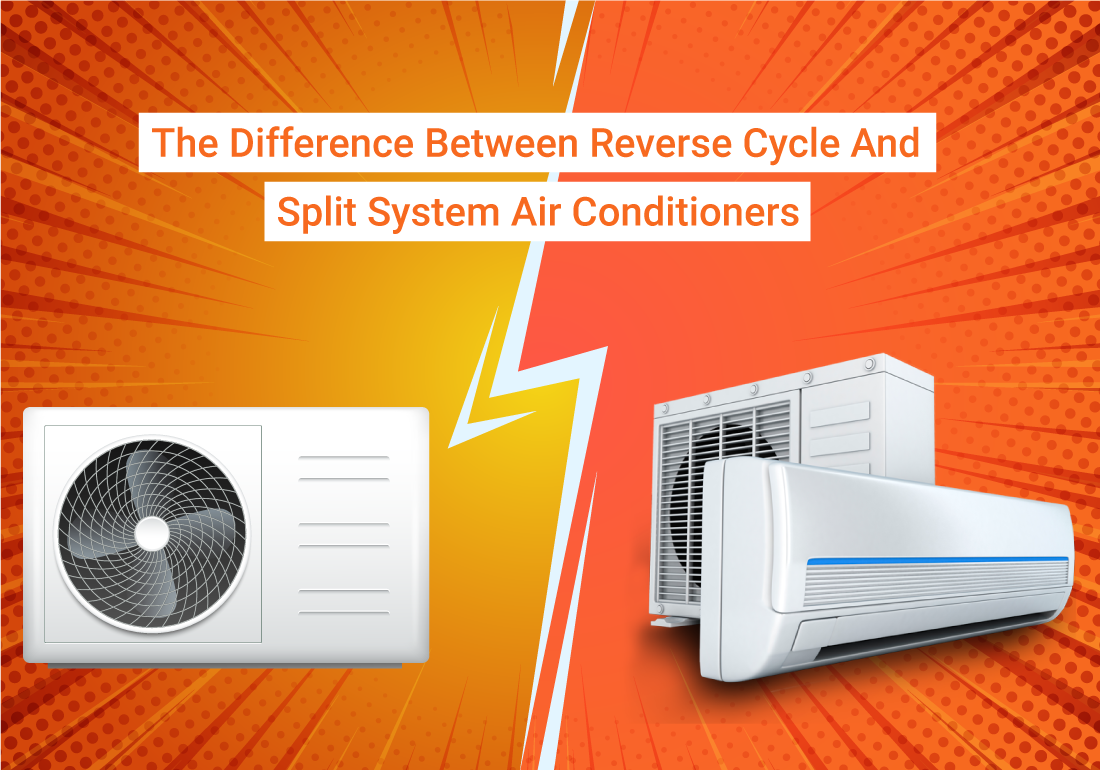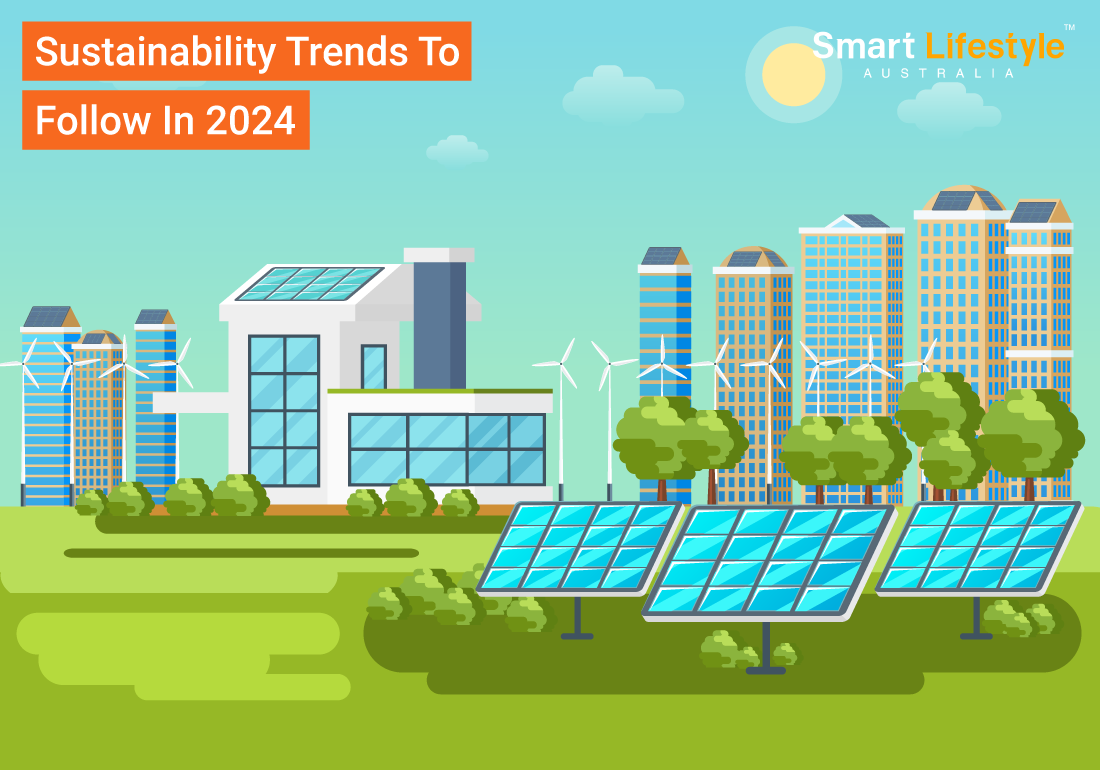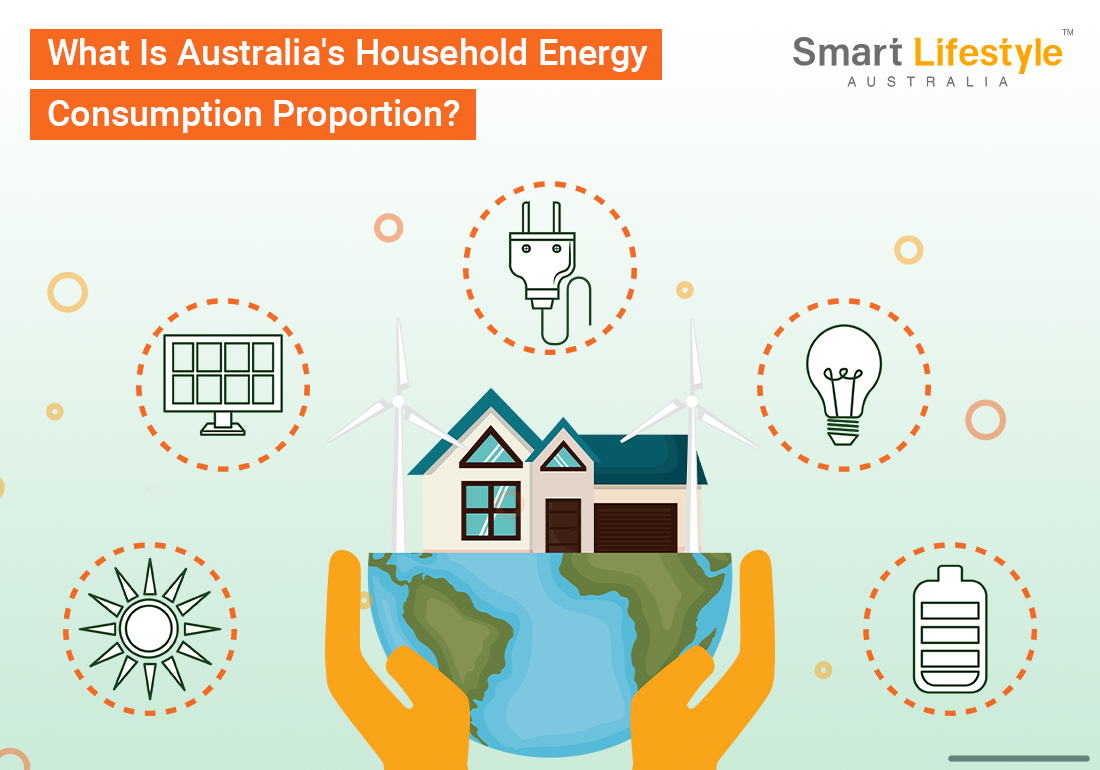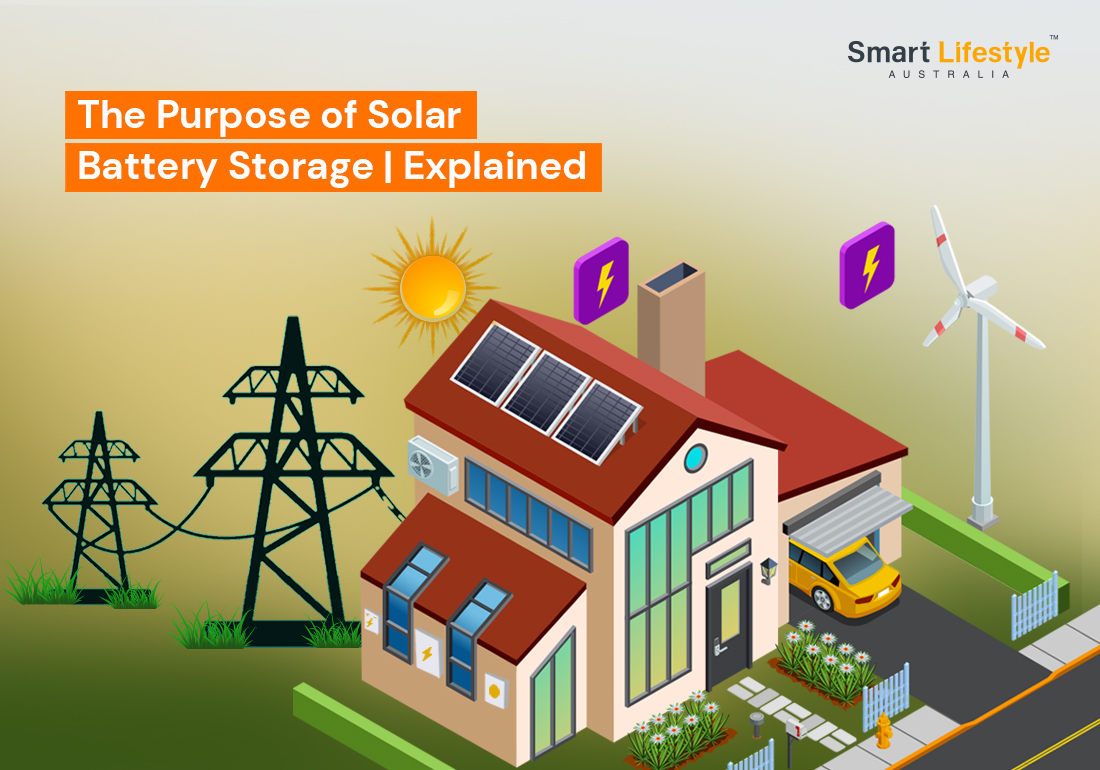Low-income households are experiencing many difficulties in Australia. They are spending an unfair amount on necessities, be that energy, food, transportation, housing, or health care. They are more vulnerable to the effects of climate change and a poorly managed transition toward energy efficiency.
They have less choice and control over the products and services they purchase. Making them hard to cope, adapt, and recover from crises. Energy efficiency might be the only approach to recovery. But how exactly energy efficiency helps low-income households in Australia? Let’s find out!
Australia’s passive approach to the climate crisis is finally showing the consequences. Australian energy bills are one confirmation of the situation, and now Australian homes must catch up in the global race to become more energy efficient.
Average Electricity Bill for Australian Households
According to several reports, an average Australian spends $381 per quarter, or $1,500 per year, on energy. The majority of this is spent on air conditioning and heating which covers 40%. They also spend 21% on water and 21% on powering appliances.
It varies by state as well. An average Victorian household spends $2,800 annually on electricity and gas. 32% is going toward heating. Environment Victoria says that increasing energy efficiency could reduce an average household’s energy bills by 40%.
Low Energy Efficiency Requirements
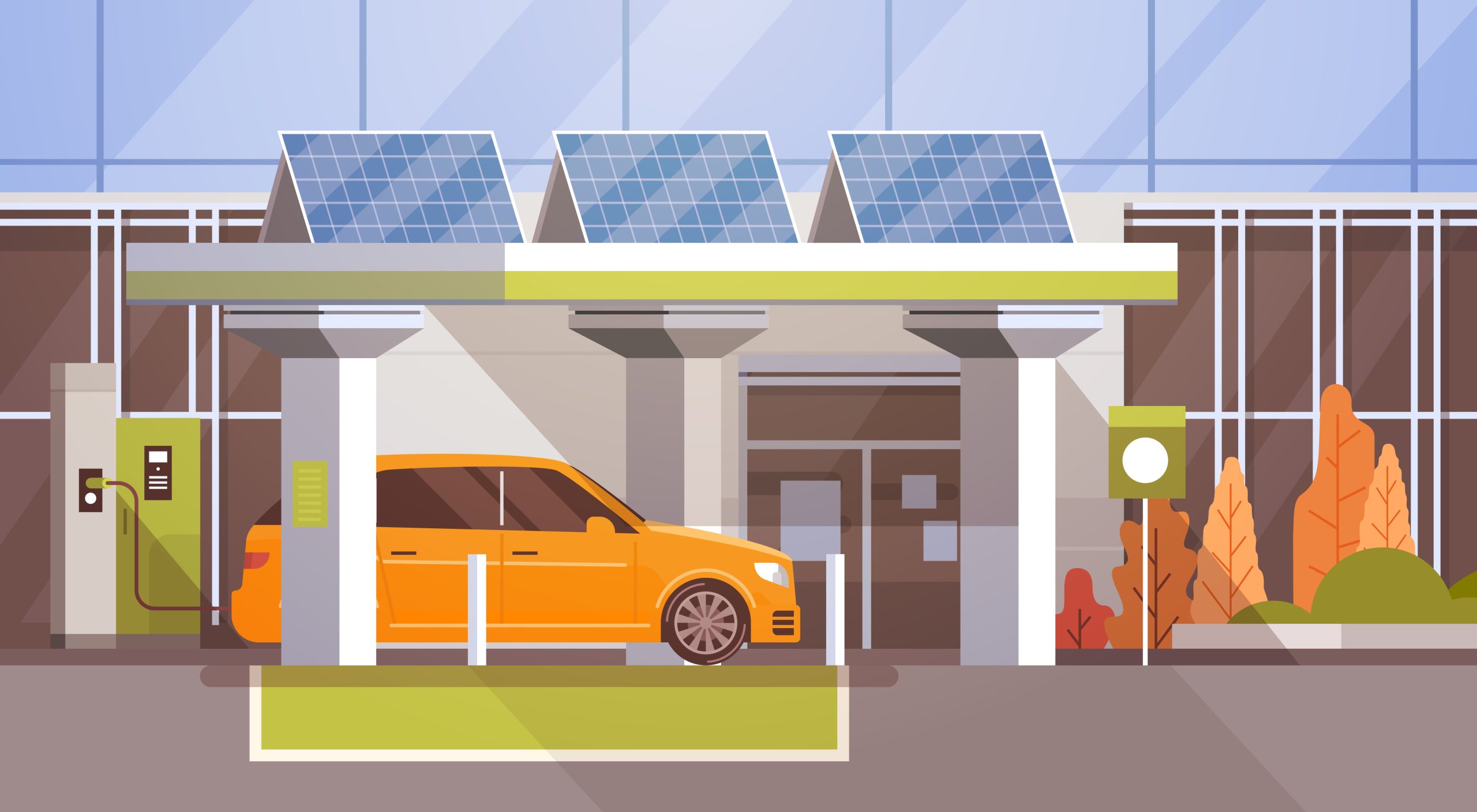
The amount of energy required to power a home, such as heating and cooling, is affected by its energy efficiency. The greater the energy efficiency, the less energy is needed to perform the same tasks.
Since most of our electricity is produced by fossil fuels such as coal and gas, electricity generation is Australia’s most significant contributor to climate change.
Currently, Australians use substantial amounts of energy at home due to low energy efficiency. That contributes to climate change and costs a lot of money.
This is especially important for low-income households since these homes are now called “glorified tents”. Because the situation is leaving residents vulnerable to increased health risks due to their low energy efficiency,
Many homes in Australia are damp and vulnerable to droughts. They are too cold in winter and too hot in summer. Due to inefficient appliances and poor thermal performance, residents rely on large amounts of artificial heating and cooling to stay comfortable.
Extreme temperatures can increase respiratory and cardiovascular diseases. Cold living conditions cause at least 6% of deaths in Australia yearly. That is more than double the mortality rate in Sweden, known for its sub-zero winters.
Building efficiency standards in Australia lag compared to other major economies. Even if building standards improve for new homes, over 9.5 million homes in Australia will continue to expose residents to discomfort, high bills, and health risks.
Maintaining inefficient homes is also expensive. Australians are paying some of the world’s highest energy bills. Such high energy bills increase living pressures and the risk of homelessness for low-income people.
Strategic investments in energy efficiency for social and low-income housing can help to alleviate energy poverty. And reduce the burden it places on individuals and families.
So How Does Energy Efficiency Helps Low-Income Households In Australia?
As an individual, adopting energy-efficient practices can help your situation. You can even earn and invest with some energy-saving tips. You can also improve your household’s energy efficiency with some simple steps.
The government is also actively working to help lower-income households.
Home Energy Efficiency With Rooftop Solar
According to the Department of Environment and Energy, small and medium investments in solar can result in significant ongoing savings on energy bills.
Potential savings for apartments could be between $128 and $246 annually. Although, it depends on different climate zone and the size of the investment.
The potential savings for houses ranged from $310 to $1,749. The analysis found significant benefits for households, in particular low-income. It demonstrates that energy expenditure as a percentage of income changes positively under energy efficiency scenarios. The lowest-income households save the most money on energy.
Fairer Regulated Retail Price

Since early 2021, energy prices have risen due to supply and demand pressures. On top of that, the Ukraine and Russia conflict has strained energy markets and increased uncertainty about the development of supply. Russia has cut off energy supplies to several countries.
Like many other countries, Australia has been suffering from energy price hikes.
However, you have the right to get fair retail prices on your bills. Retailers have specific requirements to provide you as dictated by South Australian law.
Listing the requirements below which will help you get a fairer energy price.
- They have to offer you fair contracts with clear terms and conditions. So that you fully understand the procedure.
- Providing you with printed materials or a one-page summary of their offer (Energy price fact sheet and written product disclosure statement)
- They must notify you if they change your contract, including your gas and electricity prices.
- Your energy bill should provide clear information about your electricity usage compared to others in your area.
- They have to provide you with flexible payment options.
- If you have difficulty paying your bill, they must recommend energy-efficient schemes or programs that offer assistance on payment plans and energy efficiency advice.
Energy-saving Plan
There are several State Government programs available to help energy consumers save money.
The New South Wales Energy Efficiency Program (EES) is one such scheme that aims to provide a financial incentive for homes and businesses to reduce their energy consumption by encouraging energy-saving activities and purchases.
The Queensland Energy Efficiency Program, the Victorian Solar Homes Scheme, and the South Australian Home Battery Scheme are among the other state programs.
These energy efficiency programs ought to help lower-income households financially.
Pay No Loyalty Tax on your Energy Bills
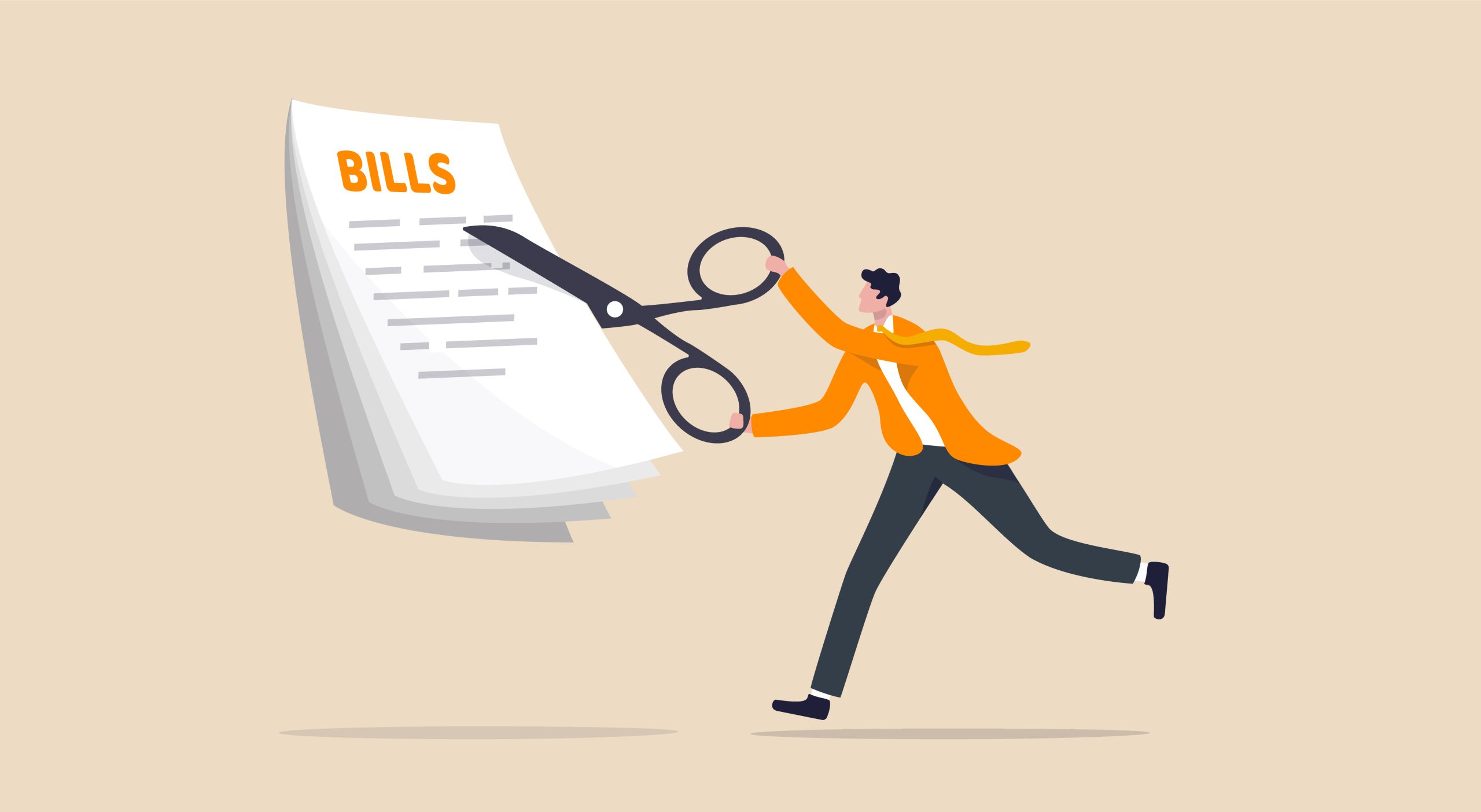
Electricity and gas prices have risen significantly in recent years. Retailers were found to increase the prices unfairly. Customers have long been stuck with higher prices, while newer customers get better deals.
This is referred to as a “loyalty tax”, a practice that was abolished in July 2019. But that doesn’t mean you aren’t paying a variation of a loyalty tax. Staying with your current provider may cost more than switching to a cheaper plan with another retailer.
A new ‘Default Market Offer’ (DMO) has been introduced as part of new regulations to assist you in finding a new plan. This benchmark compares prices to help customers who want to switch.
A wider range of prices is generally available from small businesses outside the big retailers. Remember, your current provider may choose to match or even beat the cost of your new retailer. That may be more convenient than the switching process.
Make Use of “pay-on-time discounts”
There are a variety of discounts available from retailers that can help you save money on your energy bill. These are some examples:
- Pay-on-time discounts can reduce your bill by up to 25% if you pay by the due date.
- Discounts for direct debit: You can save a few dollars monthly by not having the retailer send you a paper bill.
- Discounts for bundling: Having gas and electricity provided by the same retailer can also result in some excellent savings.
